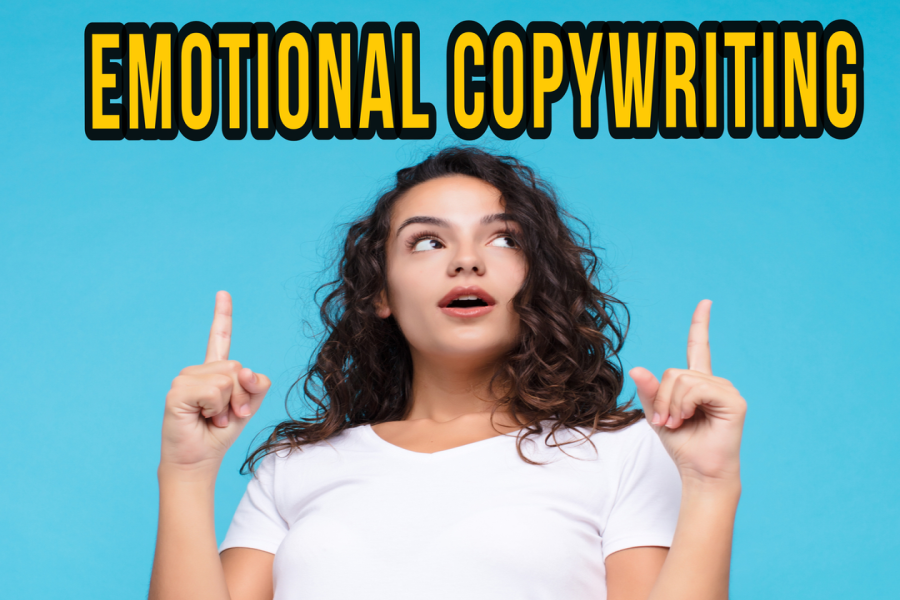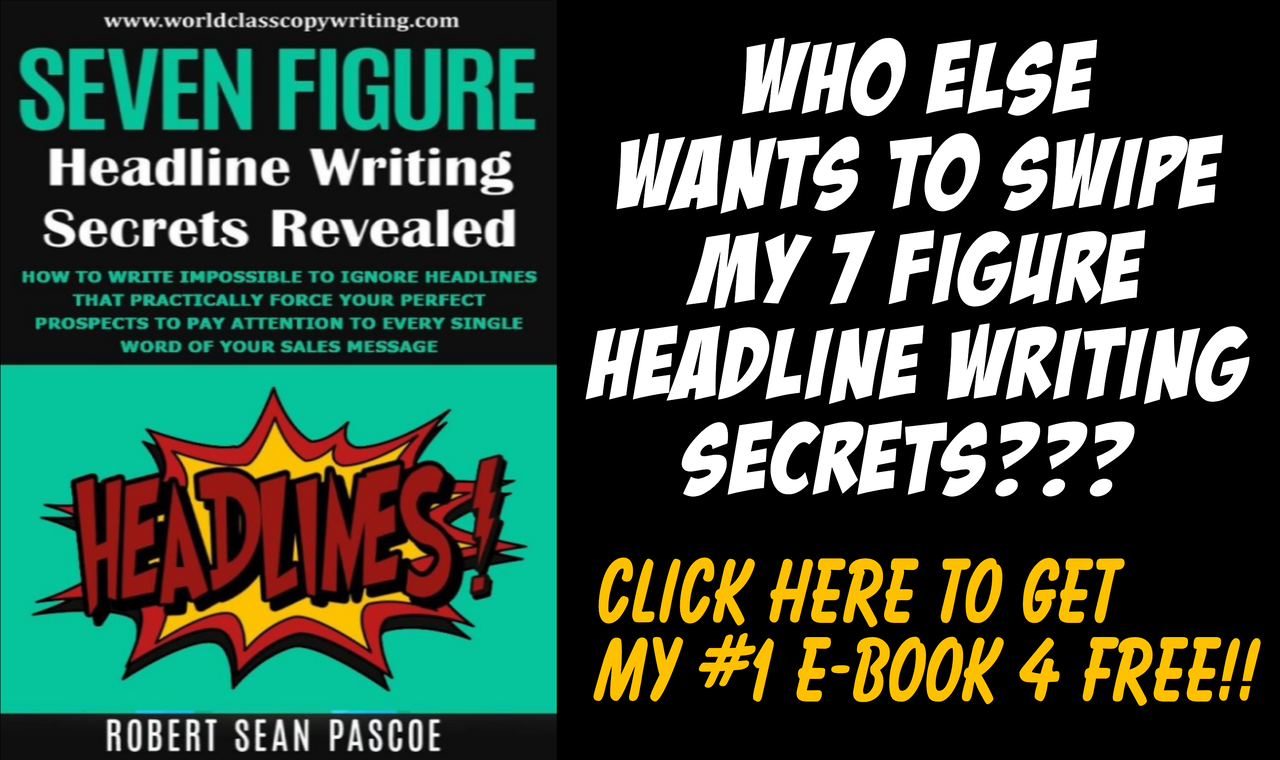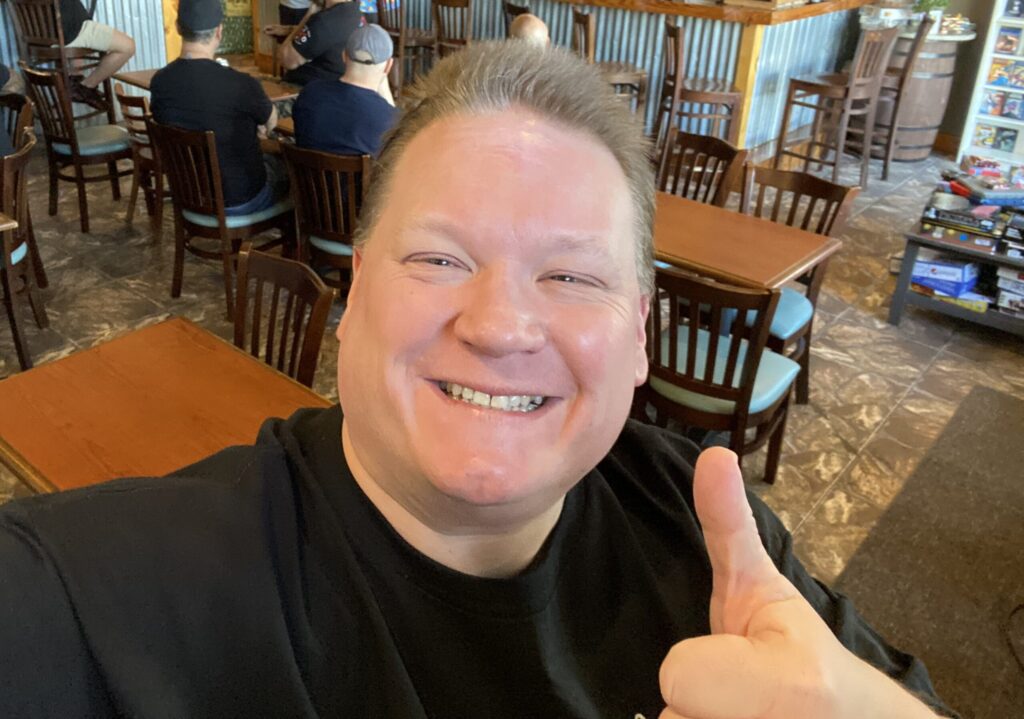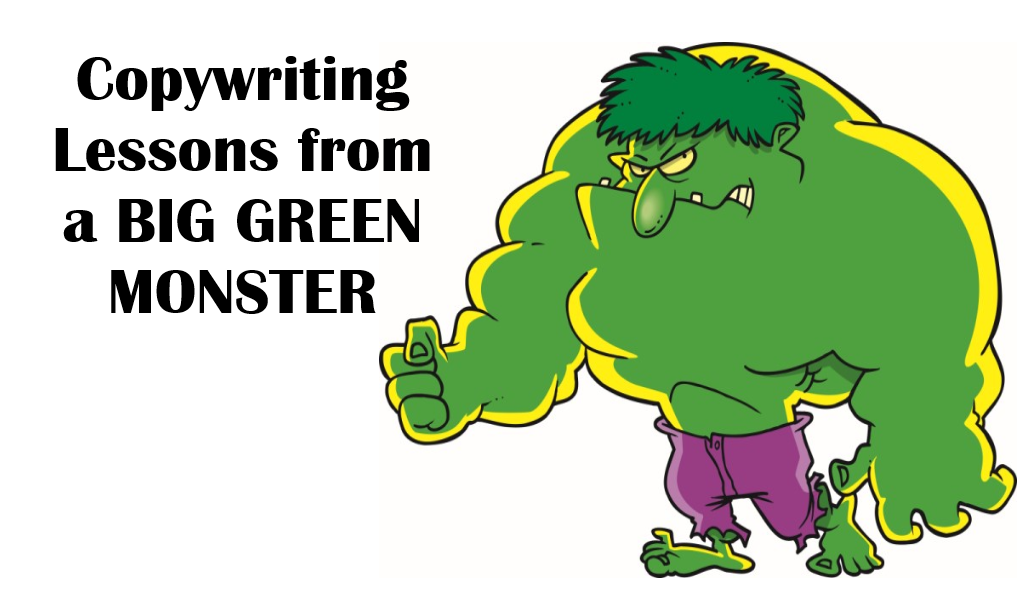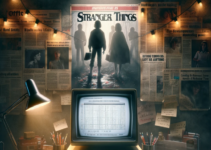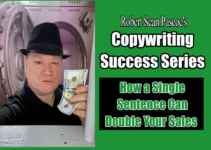Why does emotional copywriting hold such power?
In today’s fast-paced digital world, people are inundated with content. But what makes them stop, read, and take action? It’s the emotional pull. Emotional copywriting reaches out and touches the reader, creating a bond that facts and figures alone cannot achieve. It’s about understanding and speaking to the heart of the audience’s needs, desires, and aspirations.
In this post, we’re going to explore the art and science of emotional copywriting. We’ll delve into techniques to craft copy that resonates on a deeper level, and how to apply these techniques across various forms of content. From identifying the emotional core of your audience to balancing emotional appeal with informative content, we’ll cover it all.
We’ll also look at some successful emotional copywriting campaigns, drawing out lessons that you can apply to your work. And, as we unpack these insights, I’ll be weaving in my own experiences and tips from my journey as a freelance copywriter and a coach in email copywriting. Whether you’re looking to improve your own writing or seeking guidance on how to connect more deeply with your audience, this post is your roadmap.
Get ready to dive into a world where words do more than inform – they evoke, inspire, and connect.
Understanding Emotional Copywriting
Emotional copywriting is a bit like storytelling with a purpose. It’s the art of crafting messages that resonate with the feelings, needs, and desires of your audience. It goes beyond merely presenting a product or service; it’s about creating a narrative that strikes a chord with the reader. In marketing, this isn’t just a fancy technique; it’s a powerful tool to connect with people on a human level.
But why do emotions play such a crucial role in marketing? It all boils down to psychology. Emotions drive decisions. Think about the last time you made a purchase. Was it just because you needed the product, or did it feel right? Maybe it reminded you of a happy memory, or it promised a better future. This emotional connection is what often tips the balance from consideration to purchase. Emotions like happiness, trust, nostalgia, or even fear can be potent motivators that influence consumer behavior.
Let’s look at some real-world examples of emotional copywriting in action. Remember Dove’s ‘Real Beauty’ campaign? It didn’t just sell beauty products; it tapped into the emotions of self-esteem and acceptance. It made consumers feel part of a movement that challenged beauty standards. That’s emotional copywriting at its best.
Or consider the ‘Share a Coke’ campaign by Coca-Cola. By simply putting names on bottles, they turned a regular soft drink into a personalized gift, evoking feelings of friendship and belonging. It wasn’t about the taste; it was about the feeling of sharing and personal connection.
Even in B2B marketing, where decisions are often thought to be more logic-driven, emotional copywriting plays a crucial role. IBM’s campaigns often emphasize security and reliability, tapping into the fundamental emotional need for peace of mind in business operations.
Crafting Emotional Copy: Techniques and Strategies
Crafting emotional copy is like being a detective and a storyteller rolled into one. You need to first understand the emotions of your target audience and then weave a narrative that resonates with them. Let’s break down how this can be done.
Identifying Target Audience Emotions
To tap into your audience’s emotions, start by understanding who they are. What are their hopes, fears, challenges, and dreams? Creating buyer personas can be incredibly helpful. These are detailed descriptions of your ideal customers, including their emotional drivers. Use surveys, social media listening, and customer feedback to gather this intel. It’s about getting into their shoes and seeing the world from their eyes.
Storytelling as an Emotional Tool
Once you understand your audience’s emotions, storytelling becomes your most powerful tool. Good stories stir emotions and create connections. Think of your brand as a character in a story – what challenges does it face? How does it overcome them? More importantly, how does its journey resonate with that of your audience? For instance, if your brand is about adventure and exploration, your stories should reflect themes of discovery and overcoming obstacles.
Language and Tone
The words you choose and the tone you set can make or break your emotional connection. Use language that speaks directly to your audience’s core desires and fears. If you’re targeting young adventurers, use energetic and inspiring language. For a more mature audience looking for reliability, a tone of trust and assurance works better. The key is authenticity – your words should reflect the true voice of your brand while also speaking to the heart of your audience.
Incorporating Emotional Triggers
Emotional triggers are words or phrases that elicit a strong emotional response. They could be based on urgency (‘limited time offer’), exclusivity (‘exclusive access’), fear (‘don’t miss out’), happiness (‘find your joy’), or security (‘peace of mind’). The trick is to use these triggers in a way that feels natural and relevant to the context. Overuse or misuse can lead to a disconnection with your audience.
In conclusion, crafting emotional copy requires a blend of empathy, creativity, and strategic thinking. By understanding and appealing to your audience’s emotions, using storytelling to engage, choosing the right language and tone, and effectively incorporating emotional triggers, you can create copy that not only attracts attention but also builds lasting relationships. It’s about making each word count and each message strike a chord.
Emotional Copywriting in Different Formats
Web Copy
Creating emotional connections through your website content is key. It’s the digital storefront of your brand, after all. To achieve this, your web copy must speak to the core desires and concerns of your visitors. Start with a compelling headline that taps into an emotional need or pain point. Follow with content that tells a story – your brand’s story, customer success stories, or even the story behind your products. Make your audience the hero of this story, with your brand playing a crucial supporting role. Remember, your web copy should not just inform; it should evoke feelings of trust, curiosity, or excitement.
Email Copywriting
Emails are a direct line to your audience, making them a perfect vehicle for emotional copywriting. To craft emails that resonate, start with a subject line that piques interest or stirs emotion. The body of the email should be personal and conversational, as if speaking to a friend. Share stories, offer value, and always include a call to action that feels natural, not forced. As an email copywriting coach, I emphasize the importance of understanding your audience’s emotional triggers and using them to create a narrative that not only engages but also converts.
Social Media Copy
Social media is where emotions run high and content goes viral. To leverage emotional copywriting on these platforms, tailor your message to the mood and culture of each platform. Use storytelling, humor, inspirational quotes, or compelling questions to connect with your audience on an emotional level. Visuals play a big part here too – pair your words with images or videos that enhance the emotional impact. Whether it’s a heartwarming story on Facebook, an inspiring quote on Instagram, or a witty one-liner on Twitter, the key is to evoke emotion that aligns with your brand and resonates with your audience.
Advertising Copy
When it comes to ads, emotional copywriting can be the difference between being noticed and being overlooked. Start with a headline that captures attention and stirs curiosity or emotion. The ad copy should then build on this emotion, leading to a clear and compelling call to action. Whether it’s the joy of discovery, the thrill of an offer, or the comfort of reliability, your ad should tap into something that your audience feels deeply about. Remember, the best ads don’t just sell a product; they sell an emotional experience.
Balancing Emotion with Information
In the dance of copywriting, striking the right balance between emotion and information is key. It’s like seasoning a dish – too much salt and it’s overwhelming, too little and it’s bland. The trick is to stir emotions without drowning out the message with over-emotional language.
Why is this balance important? While emotional copywriting is powerful, overdoing it can backfire. You don’t want your reader to feel manipulated or overwhelmed. It’s about evoking emotions, not exploiting them. Your audience should feel inspired or understood, not bombarded with hyperbole.
So, how do we find this balance? Start by identifying the primary emotion you want to evoke – be it excitement, trust, or curiosity. Craft your message to gently stir this emotion. Then, weave in facts and figures to support your narrative. It’s like telling a compelling story and backing it up with evidence. This approach not only appeals to the heart but also speaks to the mind, reinforcing your message with credibility.
For example, if you’re selling a skincare product, don’t just focus on the emotional appeal of beauty and confidence. Include specific benefits, ingredients, and results from clinical studies. This combination of emotional appeal and factual information gives your audience a complete picture, making your message both relatable and reliable.
Another tip is to be concise. Get to the emotional point, and then quickly follow up with the facts. This keeps the reader engaged and provides them with the necessary information to make an informed decision.
Ethical Considerations in Emotional Copywriting
When it comes to emotional copywriting, walking the ethical line is crucial. It’s about striking the right chord without playing the wrong tune. As copywriters, we hold a responsibility to be both truthful and authentic in our emotional appeals. It’s not just about what works; it’s about what’s right.
First, let’s talk about responsibility. We must remember that our words have power. They can influence decisions, shape opinions, and even impact emotions. With this power comes the duty to use it wisely. This means avoiding manipulative tactics or playing on negative emotions like fear or insecurity to coerce decisions. Our goal should be to empower, not exploit.
Authenticity is another key pillar of ethical emotional copywriting. It’s tempting to exaggerate claims or fabricate stories to evoke stronger emotions, but authenticity always wins in the long run. Consumers today are savvy; they can spot inauthenticity from a mile away. Authentic copywriting builds trust and credibility, which are the bedrocks of a lasting relationship with your audience.
How do we ensure authenticity? It starts with being honest about your product or service. Don’t promise what you can’t deliver. Use real stories and genuine testimonials. When you share success stories, make sure they’re from actual customers who have genuinely benefited from what you offer.
In essence, ethical emotional copywriting is about finding that sweet spot where effective marketing meets moral responsibility. It’s about creating content that resonates emotionally, but always grounded in truth and sincerity. By adhering to these principles, we not only respect our audience but also build a brand that’s admired for its integrity and honesty. So, as we wield the tool of emotional copywriting, let’s do so with a commitment to ethical standards and a dedication to authenticity.
Conclusion to the Power of Emotional Copywriting
As we come to the end of our journey into the world of emotional copywriting, let’s take a moment to reflect on what we’ve uncovered. Emotional copywriting is more than just a technique; it’s an art form that speaks directly to the heart of your audience. It’s about understanding their deepest desires and fears, and connecting with them through words that resonate.
We’ve explored the importance of tapping into the emotions of your target audience, using storytelling as a powerful tool, and choosing the right language and tone to evoke those feelings. We’ve also delved into how to apply emotional copywriting across various platforms – from web copy to emails, social media, and advertising. Along the way, we discussed balancing emotion with information and the crucial role of ethics and authenticity.
Remember, the power of emotional copywriting lies in its ability to create a bond between your brand and your audience. It’s about making them feel something, and through that feeling, guiding them towards action. Whether it’s joy, trust, excitement, or reassurance, the right emotional appeal can turn a reader into a lifelong customer.
A Helping Hand if Needed
Mastering Emotional copywriting requires skill, empathy, and a deep understanding of your audience. That’s where I come in. As a freelance copywriter and a coach in email copywriting, I can help you harness the power of emotional copywriting to elevate your brand’s messaging. Whether you’re looking to refine your brand’s voice or create content that truly connects with your audience, I’m here to guide you.
So, if you’re ready to infuse your copywriting with emotion and effectiveness, reach out to me. Let’s work together to craft copy that not only captures attention but also captures hearts. Together, we can tell your brand’s story in a way that resonates, engages, and converts. Contact me today, and let’s start writing your success story.
ABOUT ROBERT SEAN PASCOE
Robert Sean Pascoe is a direct response copywriter and marketing strategist who works with entrepreneurs worldwide to create advertising and marketing campaigns that MAXIMIZE their profits.
He LOVES Rock N Roll, old school pro wrestling, Star Wars and pretty much ANYTHING 1980’s.
With 7 years of freelance copywriting experience and a lifetime in sales, Robert knows how to use the power of words to sell virtually anything to anyone, especially if the market has been properly defined (and you BETTER have that right!).
Robert enjoys primarily working with small business owners to sell more of their products and services through the power of direct response advertising and marketing.
He has written sales copy for companies in such diverse niches as Weight Loss Supplements, Skin Care, Male Enhancement, Local Marketing Agencies, Live Event Seminars, Software Developers, Insurance Agencies, Real Estate Brokerages, Marketing Consultants, and many, many more.

